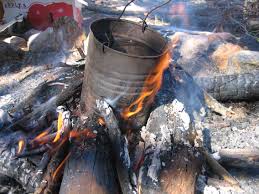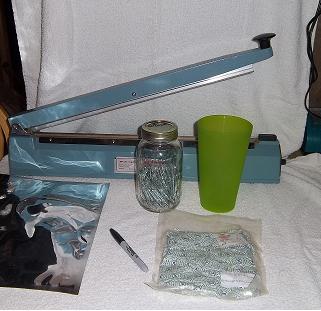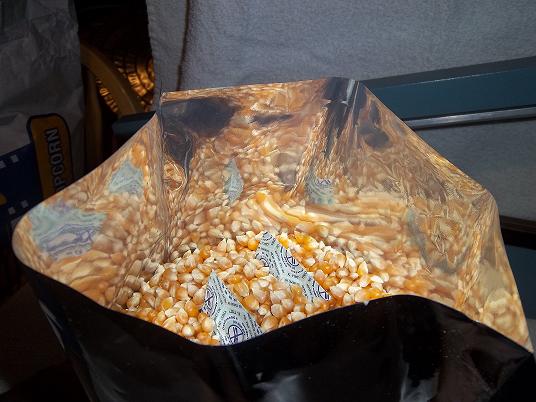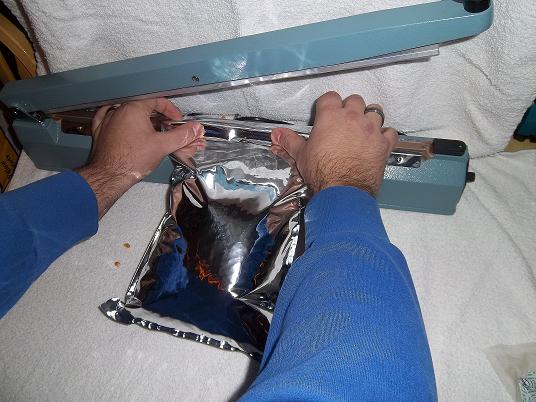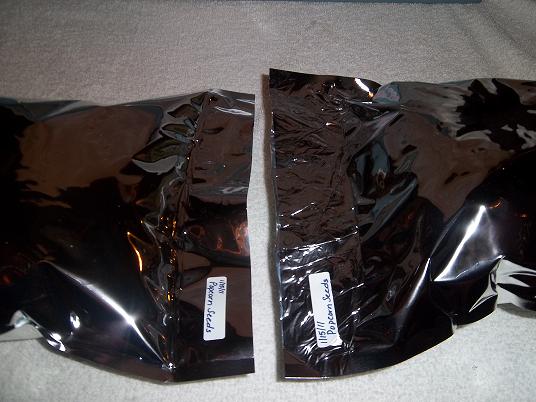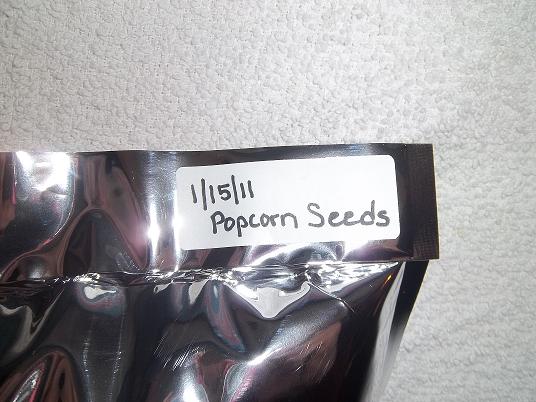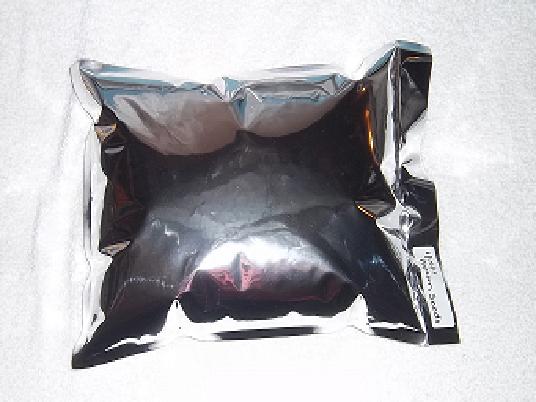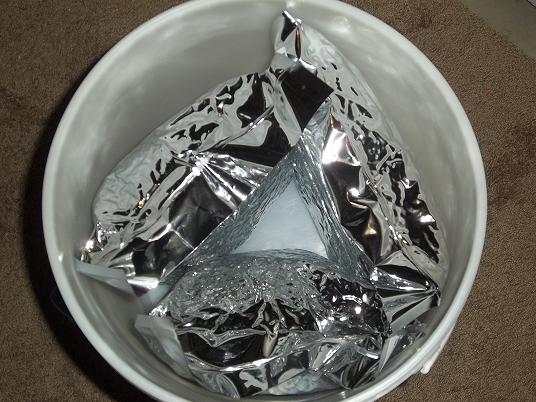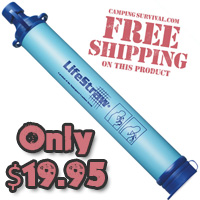
I have always tried to just blend in, comfortable to never be the center of attention, just a face in the crowd. When I was younger I didn’t know that what I was doing was “being gray” but in part it was. You see, I was just trying not to be noticed and that act, in and of itself, can bring attention. “being gray,” means more than not being noticed, it means doing what is expected of the majority of people in any given circumstance, when you are in public.
How you carry yourself matters, before and especially after an event.
As I mentioned, part of “being gray” means blending in and not drawing attention to yourself. For instance, there are some people in the preparedness/survival demographic that love the tactical gear. If there is ever any social unrest, wearing this gear screams “I have cool stuff, hit me on the head and take it please.” There are many ways to conceal that you are armed.
I’ll cover situational awareness more thoroughly in another article, but for now I’ll just say this; being discreetly aware of everything around you is a good skill to have now; it will be a must after any event.
The following is an example of what I mean by discreetly aware. There is a fantastic teriyaki place in the food court in the mall. When my wife and I go there I make a point of sweeping the room, giving everyone a quick once over. If I see a potential “problem child” they may get another look. I don’t stare, I only glance or keep an eye on them with my peripheral vision. If anyone catches me looking at them I either smile or give them a quick nod and then go back to what I was doing. I’ll scan the food court while we eat and talk. My wife does the same thing.
This is all before an event. Tensions run higher after an event of any kind. This makes it more important to be aware of surroundings and even more important to be discreet. If you’re the proverbial gazelle, non-discreetly looking around, you have just told the lion that you are food, that you have a reason for being jumpy.
Methods of “being gray” can change depending on pre-event, during and post-event.
Pre-Event
I do not recommend you share that you are prepping with just anyone. There are a couple reasons for this. First, there are some people that for many different reasons just don’t get it.
Before I built the website, while I was still trying to figure out what God wanted me to do, my wife and I went forward for prayer at church. I mentioned that I was feeling led to help people in terms of preparedness. The look the man gave while he shook his head almost made me regret going forward. His wife, however, didn’t even stumble but only began to pray for us. There have also been Christian forums where preparedness is brought up and I see comments about “not trusting in the Lord” etc.
Not only might there be judgment, but the more people that know you prep and decide not to prep for themselves, the more people you will have to decide to either feed from your very limited preps or turn away hungry. I have read about some Preppers that store a little extra to give to people and then tell them not to come back. While this might make the giver feel a sense of helping someone out, the recipient will soon be hungry again and now knows that you had enough food to share.
It is also a good idea to keep your preps in different places in your house. This way if someone sees some of your preps, they won’t know the extent of them.
During or After an Event
As I mentioned, after an event, methods of “being gray” may change. Here is an example; let’s say that the breadbasket of the United States is struck with drought and wildfires this year, like Russia was last year . As a result we are experiencing food shortages. To stop price gouging the government sets limits, both on price and quantity of food that each family can purchase per day. You have been prepping for a while and have a few months of food stored for your family. You are faced with two choices. They are listed below.
Choice one:
As mentioned above, you have a few months of food stored for your entire family. Since you do not want to feel like you are taking from someone who wasn’t as prudent as you, you decide to skip your daily allotments. After a few weeks, some of your neighbors begin to talk amongst themselves. They notice that no one has seen your family at the grocery store but no one in your family appears to be losing any weight like everyone else.
Choice two:
As in the other example, you do not want to feel like you are taking from others that were less prudent than yourself. But you also do not want to potentially put your family at risk, so you and your family do as everyone else is. You go to the grocery store and stand in the same lines for the same daily rations. You also might skip a meal here and there to lose a bit of weight just like everyone else. If you feel some guilt for taking your daily allowed rations from the grocery store, under the cover of darkness, bless a family with an extra ration every night and add a note asking them not to say anything to anyone so that it can continue.
As we have seen in Tunisia, Egypt and some other Middle Eastern countries, people become unpredictable and can become violent when they are desperate. Being hungry is a quick way to become desperate. In choice one, your neighbors might not come to your house asking questions but the person standing behind them, who lives a few blocks away, just might and they might do more than ask a few questions.
Blown OPSEC (Operational Security) or No More Gray
Once your OPSEC is blown, you’re in a tough spot. Many Christians (myself included) feel the need to help as much as they can. While this is admirable, our resources and preps are finite.
You might be thinking that I, personally, have thrown OPSEC out the window and in large part you are correct. When I felt called to create this website I thought about not having my name attached to it but then decided that no one would take the site seriously if I went by some nickname like Mr. Prepper.
Please don’t misunderstand, I don’t think that I am Mr. Center-Stage- Big-Shot-Prepper-Guy, but even being as public as I am makes me pretty uncomfortable. I can take solace in knowing that the vast majority of people that read this don’t know who I am or where I live. Those that read this and do know, well, they should be storing their own preps and might be treated in the same way as the bridesmaids that didn’t bring enough oil if they show up expecting a hand out.
As I am writing this and thinking about how much it would hurt to turn someone away, I am reminded about the motto of this site and the verse I took it from. Proverbs 27:12 People had access to the same information that I did. They see the same things going on in the news. They see prices going up at the grocery store. The difference is that I decided to be prudent and they ultimately will have to face their hardship. This might seem heartless, but Christ told the disciples in Mathew 10:14 “If a village doesn’t welcome you or listen to you, shake off the dust of that place from your feet as you leave.”
I think that we should all help, as we feel led and continue to pray for guidance and wisdom.
Please click here to vote for Prepared Christian as a top Prepper site!
If you liked this article please think about sharing it on the social media listed below, thanks!

